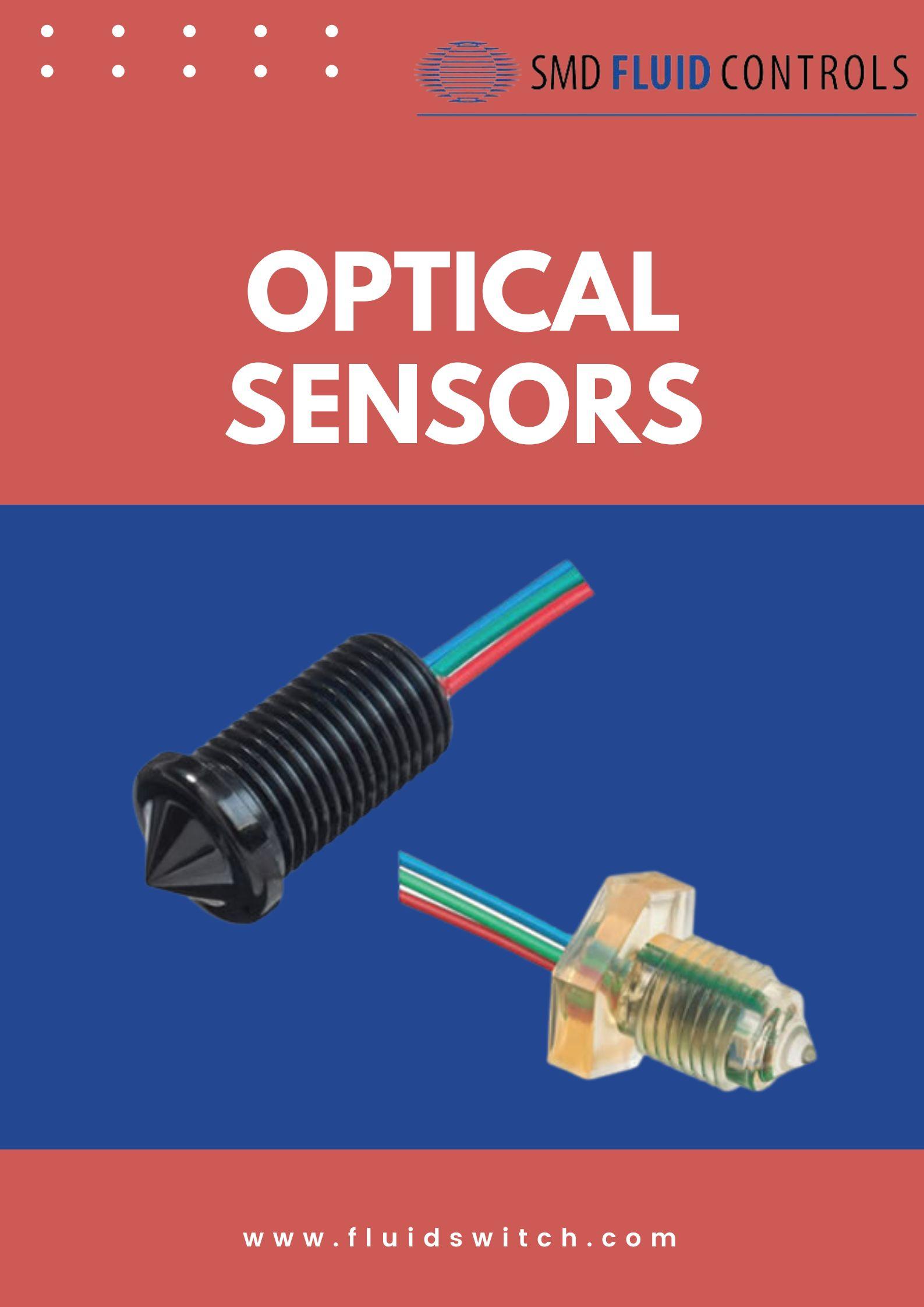Optical Sensors Revolutionizing Healthcare: Advancements in Biomedical Sensing Technology

In the realm of healthcare, the quest for more accurate diagnostics, personalized treatments, and remote monitoring has driven significant advancements in sensing technology. Among these innovations, optical sensors have emerged as powerful tools for revolutionizing biomedical sensing. Leveraging the properties of light, these sensors offer non-invasive, high-precision solutions for a wide range of medical applications. Let's explore how optical sensors are transforming healthcare and shaping the future of medicine.
Optical Sensors in Biomedical Applications
Optical sensors find diverse applications in healthcare, enabling clinicians and researchers to gather crucial physiological data with unprecedented accuracy and efficiency:
1. Vital Signs Monitoring: Optical sensors play a key role in monitoring vital signs such as heart rate, blood pressure, and oxygen saturation. Devices like pulse oximeters utilize light absorption properties to measure the oxygenation level of blood non-invasively, providing valuable insights into respiratory and cardiovascular health.
2. Glucose Monitoring: For individuals with diabetes, continuous monitoring of blood glucose levels is essential for effective management of the condition. Optical glucose sensors offer a non-invasive alternative to traditional fingerstick tests, allowing patients to monitor their glucose levels conveniently and painlessly.
3. Imaging and Diagnostics: Optical imaging techniques, such as optical coherence tomography (OCT) and fluorescence imaging, enable high-resolution visualization of tissues and organs. These imaging modalities aid in the early detection of diseases such as cancer, cardiovascular disorders, and ophthalmic conditions, facilitating timely intervention and improved patient outcomes.
4. Drug Delivery and Therapeutics: Optical sensors are employed in drug delivery systems to monitor drug release kinetics and optimize therapeutic efficacy. By integrating sensors into implantable devices or wearable patches, clinicians can precisely control drug dosing and tailor treatments to individual patient needs.
5. Point-of-Care Testing: Optical sensors are paving the way for rapid, point-of-care diagnostic testing. Portable devices equipped with optical detection mechanisms allow for real-time analysis of biological samples, enabling rapid diagnosis of infectious diseases, biomarker detection, and monitoring of treatment responses.
Advancements and Future Directions
Recent advancements in optical sensing technology are expanding the capabilities and applications of biomedical sensors:
1. Wearable and Implantable Sensors: Miniaturization and integration of optical sensors into wearable devices and implantable systems offer continuous, real-time monitoring of physiological parameters. These technologies enable remote patient monitoring, early disease detection, and personalized healthcare delivery.
2. Multimodal Sensing: Combining multiple sensing modalities, such as optical, electrical, and biochemical sensing, enhances the sensitivity and specificity of biomedical sensors. Multimodal platforms enable comprehensive physiological monitoring and diagnostic assessment, providing clinicians with a more holistic view of patient health.
3. Artificial Intelligence Integration: Integration of artificial intelligence (AI) algorithms with optical sensor data enables intelligent analysis and interpretation of complex biomedical signals. AI-powered diagnostic systems can assist clinicians in making more accurate and timely diagnoses, optimizing treatment strategies, and predicting disease progression.
4. Point-of-Care Applications: Advances in miniaturization and affordability are making optical sensors increasingly accessible for point-of-care applications in resource-limited settings. Portable, low-cost devices empower healthcare providers to deliver timely interventions and improve health outcomes in underserved communities.
In conclusion, optical sensors are driving transformative changes in healthcare by enabling non-invasive, high-precision monitoring and diagnostics. As technology continues to evolve, these sensors hold the promise of revolutionizing disease management, personalized medicine, and healthcare delivery. By fostering collaboration between researchers, clinicians, and industry stakeholders, we can harness the full potential of optical sensing technology to address current healthcare challenges and improve patient care worldwide.
- Art
- Causes
- Crafts
- Dance
- Drinks
- Film
- Fitness
- Food
- Giochi
- Gardening
- Health
- Home
- Literature
- Music
- Networking
- Altre informazioni
- Party
- Religion
- Shopping
- Sports
- Theater
- Wellness
- IT, Cloud, Software and Technology


